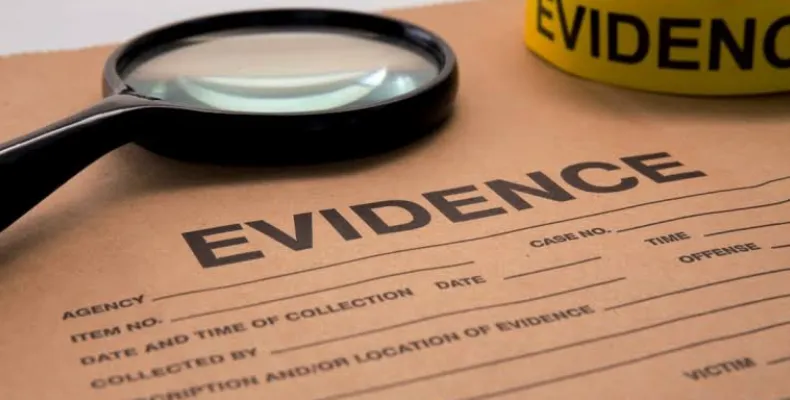
Preparing Evidence for Small Claims Court in Canada: 2025 Guide
When it comes to Small Claims Court, evidence is everything. Even if your story is completely true, the judge can only make decisions based on what you can prove. That’s why preparing and organizing evidence properly is one of the most important steps in presenting your case. In this article, we’ll walk through the types of evidence you can use, how to organize it, and tips for presenting it effectively.
Why Evidence Matters
Judges in Small Claims Court hear many cases in a single day. They don’t have time to dig through confusing paperwork or rely on verbal stories alone. Strong, well-prepared evidence helps you build credibility and makes it easier for the judge to understand your side. Without it, even a valid claim can be dismissed.
Types of Evidence
There are several kinds of evidence that can support your case:
Documents: Contracts, invoices, receipts, or signed agreements showing financial or legal obligations.
Photographs & Videos: Useful for property damage or physical evidence of wrongdoing.
Witness Statements: Testimonies from people who saw the incident or can confirm important details.
Electronic Records: Emails, text messages, or even social media posts can be admissible.
Expert Reports: In certain cases, written assessments from professionals (e.g., repair estimates) may help.
Organizing Your Evidence
Evidence is most effective when it’s organized. Disorganized documents can confuse judges and hurt your credibility.
Tips for organizing:
Make Copies – Always bring at least three copies: one for you, one for the judge, and one for the other party.
Create a Binder or Folder – Keep documents in chronological order.
Label Clearly – Number each exhibit and create an index for quick reference.
Highlight Key Points – Draw attention to important sections rather than making the judge read through pages of text.
Presenting Evidence in Court
When it’s time to present your evidence, remember that clarity is key. Stick to the facts and avoid lengthy emotional explanations. Present each piece of evidence logically, referring to it by number so the judge can follow easily.
Example: Instead of saying, “Here’s proof they owe me money,” say, “Exhibit 1 is the signed contract dated January 15. Exhibit 2 is the receipt showing payment of $3,000. Exhibit 3 is the email exchange confirming the work was not completed.”
Common Evidence Mistakes
Bringing irrelevant documents: Only include what supports your claim directly.
Relying on hearsay: Judges prefer first-hand evidence, not second-hand stories.
Last-minute preparation: Scrambling on trial day makes you look unorganized and less credible.Final Thoughts
Evidence is the foundation of your Small Claims Court case. Without it, even the strongest argument may fall apart. With it, you can present a professional, well-structured claim that earns the judge’s respect and attention.
At Ramachandran Law, we help clients gather, organize, and present compelling evidence packages that increase their chances of success. Whether you’re pursuing a claim or defending one, our team ensures your case is built on solid proof.
